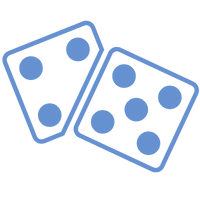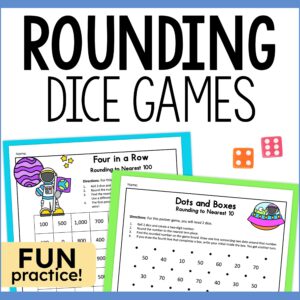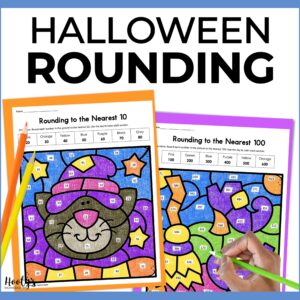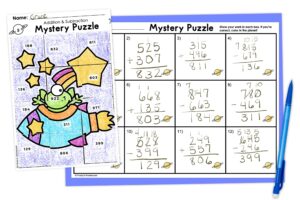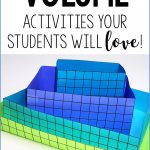Are you looking for volume activities that will get your kids excited about your measurement unit?
Without a doubt, your students will love these volume activities! Not only do hands-on experiences keep students engaged, but they also help build confidence while building conceptual understanding.
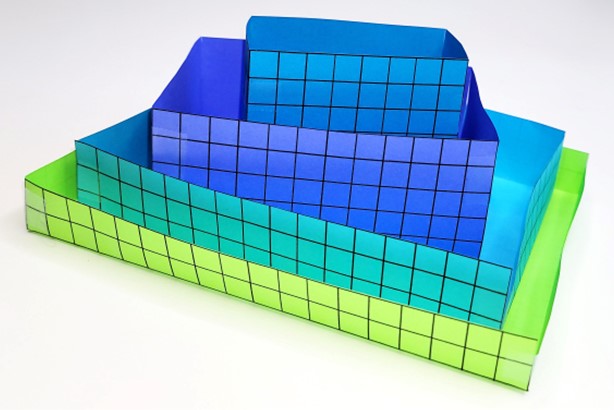
Fill ‘em up
This is an easy activity to set up and run. Basically, all you have to do is supply your students with the materials they need and give them time to explore.

Materials:
- a variety of small, empty boxes – you will want enough for each pair or group to have 2 or 3 boxes
- Cubes of different sizes – I use centimeter and inch cubes
I put my students into groups of 2 or 3 depending on the number of students, the number of boxes I have, and the number of available cubes.
As my students fill the boxes, I walk around the room to monitor their progress and talk with them about what they are discovering.
What I love about this activity is that students will start taking shortcuts to find the volume of each of the boxes. I encourage these shortcuts because they look remarkably similar to the volume formulas of V=Bh and V=lxwxh. When students learn these “shortcuts” on their own, they never have to worry about memorizing a formula.
Your cubes won’t always fit nicely in your boxes. This can lead to some important discussions.
- What should you do if the cubes don’t fit perfectly?
- Is it better to overestimate or underestimate?
- Should a different unit be used for the measurement?
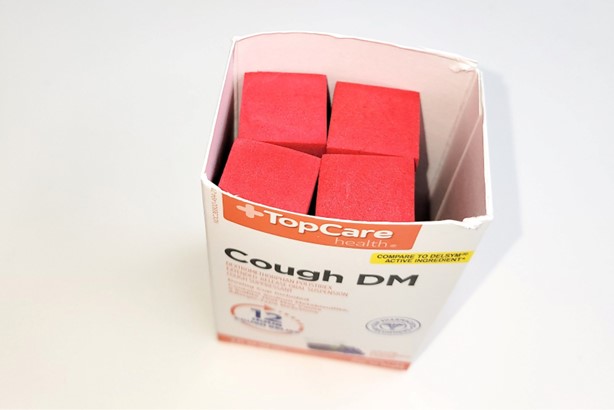
Build your own boxes
Students love this volume activity, but it takes considerably more time and lots of paper. If you don’t have a lot of cubes for students to work with, this is a great alternative to filling empty boxes with cubes.
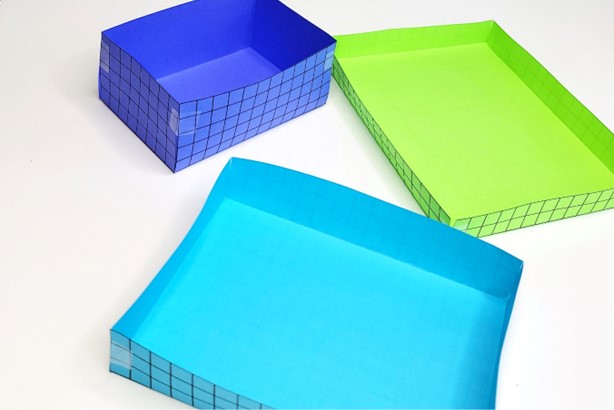
Materials:
- Several sheets of grid paper measured in inches or centimeters
- Scissors
- Tape
Have students create their own 3D boxes using grid paper. It sounds hard, but it really isn’t. Here’s how you do it:
Step 1
Cut off the margins of the grid paper if there are any.
Step 2
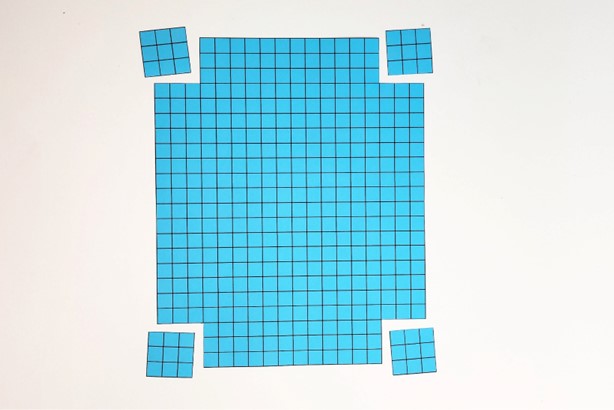
Cut out a square from each corner of the grid paper.
Step 3
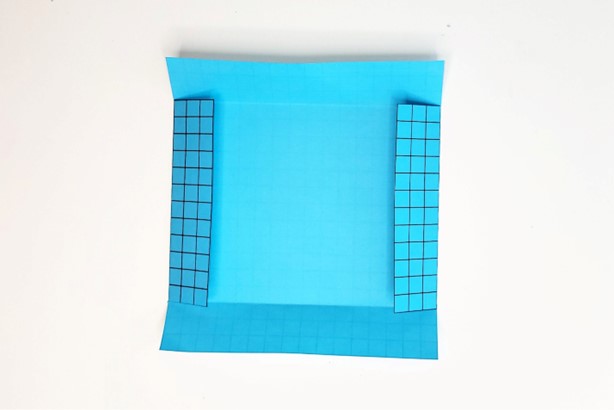
Fold up the sides of the grid paper.
Step 4
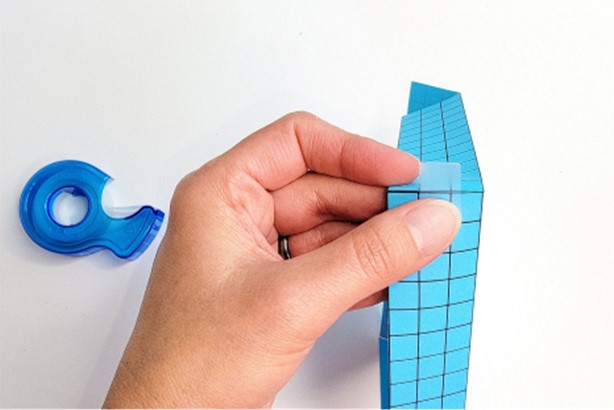
Tape the sides together.
Rinse and repeat
I have my students repeat this process several times. Each time they cut different size squares from the corners.
For example, the first time I have them cut a 2 x 2 square, then a 3 x 3, then a 4x 4, etc
After they have folded the paper and taped the sides together, I have them take note of the measurements of the prism and the number of cubes it will take to fill the entire prism. Students will start to make connections between these numbers and develop their own formulas for finding the volume.
Not only do students learn about the volume of rectangular prisms, but they also gain spatial knowledge. This is a favorite of the volume activities. Students are amazed to learn they can easily build their own boxes.
3D foldable notes
This is another volume activity your students will love. Have your students create a 3-dimensional prism they can keep in their interactive notebooks.
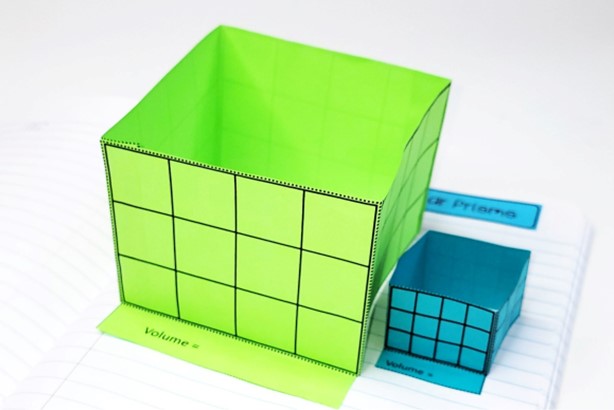
Materials:
- Volume template
- Scissors
- Glue
- Interactive notebook
- Cubes (optional)
I use interactive notebook templates that have grids on them to help students visualize the total number of cubes it will take to fill the prism. However, you can use templates without grids. See for yourself how easy prism templates are to create on a computer.
directions for assembling 3d prisms
step 1
Have students cut out the figure around the outside edge. Then, fold the edges of each rectangle.
step 2
Place a small amount of glue onto the right glue tab.
Attach the tab to the back of the 1st rectangle to make the figure 3 dimensional.
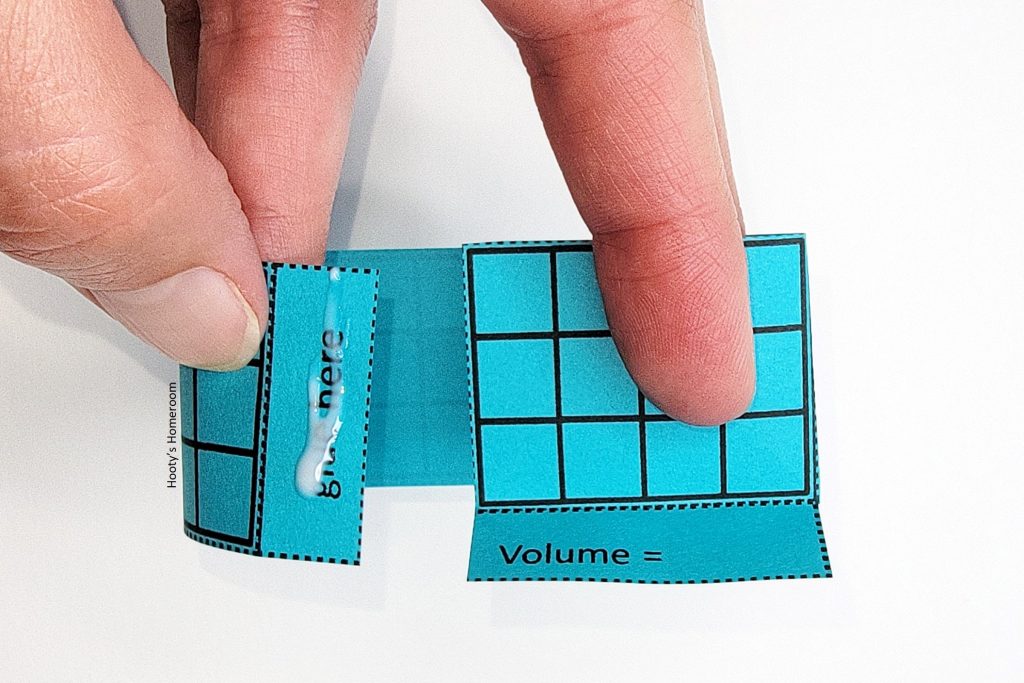
step 3
Place a small amount of glue on the bottom of the tab that is below the 1st rectangle.
Use this tab to glue the prism into the notebook.
Once the glue dries, your prism is ready to be filled with cubes.
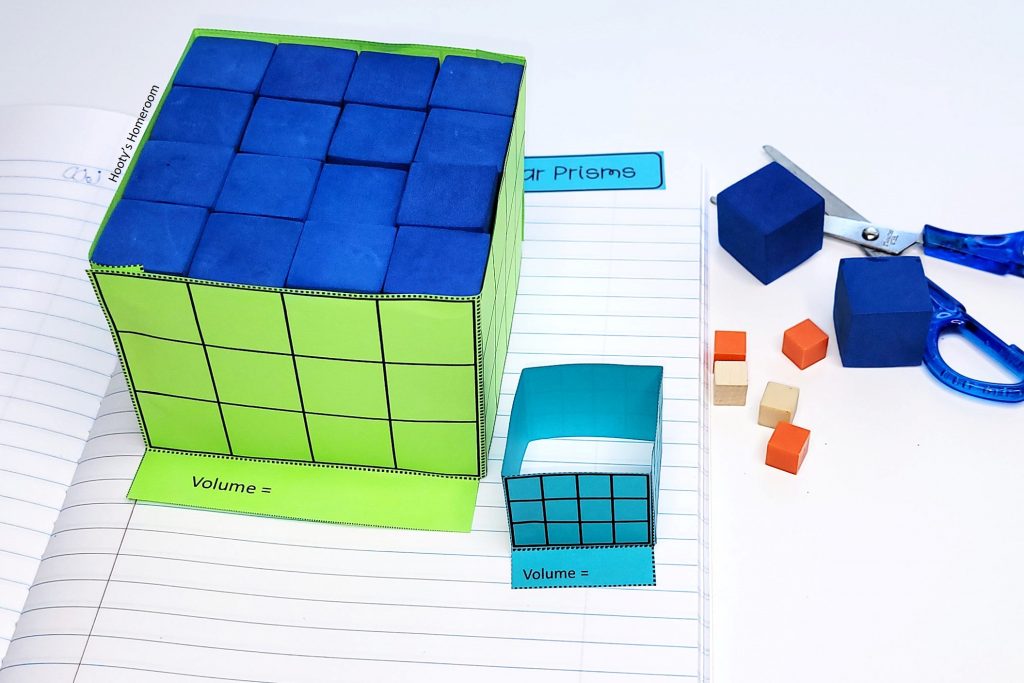
My students get such a kick out of building foldable prisms that we incorporate them into our geometry vocabulary by building foldable pyramids.
Nothing beats hands-on explorations in math. However, we don’t always have enough of the manipulatives we need. Luckily, these volume activities can give our students the experiences they need to build conceptual understanding without using a bazillion cubes.




